What the hell are Baryon Acoustic Oscillations?
They’re our best measurement of dark energy, even better than supernovae!
“If you think this Universe is bad, you should see some of the others.”
–Philip K. Dick
Imagine you’re looking out at the Universe, at all the points of light that are out there — planets, stars, galaxies, clusters of galaxies and more — and you want to use what you’re seeing to measure how the Universe is expanding. Not only how it’s expanding today, but how it was expanding at every moment in the past, from as far back in time as we can measure until now.
How would you do it?
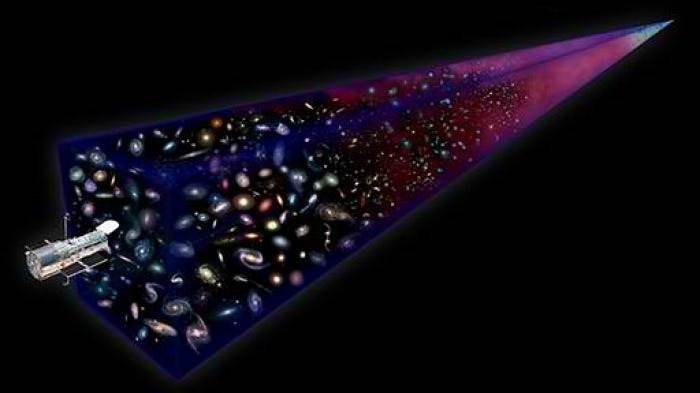
Every object that’s out there has a number of properties that are intrinsic to it: physical traits of the object itself. These include:
- its mass,
- its size,
- and its luminosity (or intrinsic brightness).
If our instruments are good enough, we can measure an object’s apparent size or its apparent brightness directly: how big or how bright it appears to be from our vantage point on Earth.

The thing is, objects have other properties that can be intrinsically known about them. Maybe you’ve got a star or galaxy with a property you can easily measure — like the width of an emission line, a period of variability or the shape of its light curve — that tells you something intrinsic about the object you’re looking at.
Well, here’s the thing: if you can do the following three things:
- know an intrinsic property of an object,
- measure the same apparent property of that object,
- and measure either its distance or its recession speed/redshift,
you can learn how the Universe has expanded over its history! There are two ways that astronomers have learned to do this.
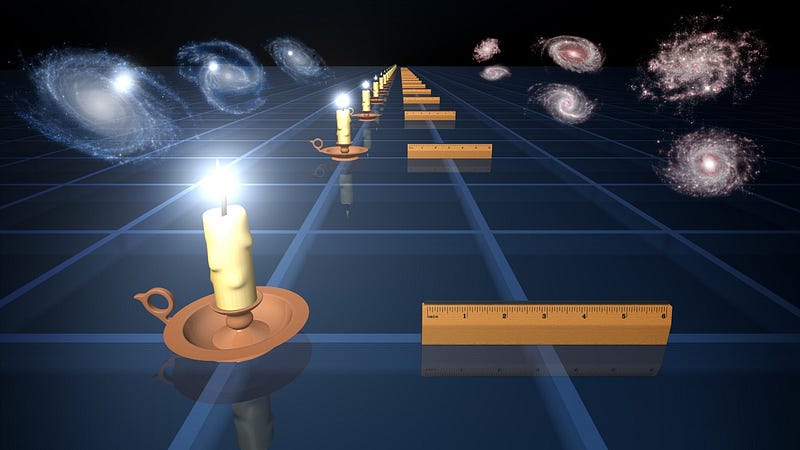
One is by using brightness as that property: you know how intrinsically bright something is, you measure its apparent brightness, and since you know how brightness scales with distance (and redshift) in the expanding Universe, you can infer the expansion history of the Universe that way. When you use brightness to make this measurement, the object you’re using is called a standard candle, because if you know a candle’s intrinsic brightness, all you need to do is measure how bright it appears to be and you can instantly know how far away it is.
The other way is to use size at that property: if you know how intrinsically big something is, then you can measure how big it appears to be (its angular size), and since you know how size scales with distance (and redshift) in the expanding Universe, you can learn how the Universe has evolved that way. Using the physical size of something like this is called a standard ruler, but until relatively recently, the only objects whose sizes were “standardized” were things like individual stars: too small to resolve outside of our galaxy. Whereas galaxies — that could be resolved — simply didn’t come in a standard size.
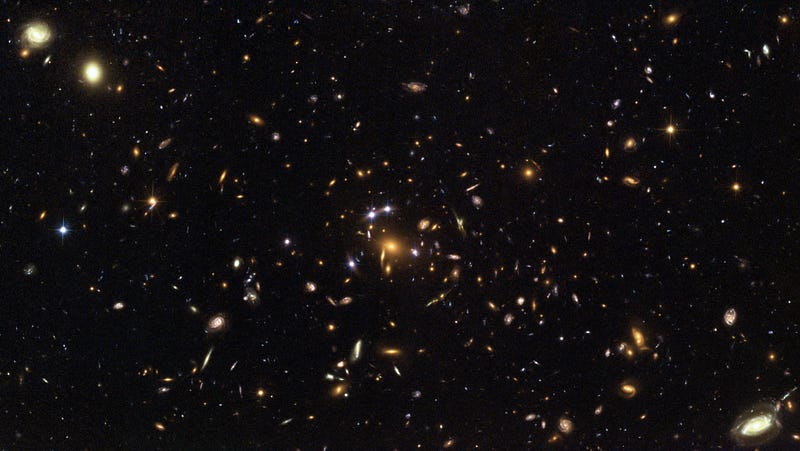
But all of that changed as we’ve come to understand what it is that our Universe is made out of, particularly as we’ve learned about the existence of dark matter and the period of inflation that preceded our hot Big Bang. You see, we know the Universe started off almost uniform, with tiny fluctuations on all scales, or locations where the matter density was slightly greater (or lesser) than the average.
As the Universe ages, the force of gravity (which moves at the speed of light) can reach farther and farther, causing progressively larger scales to contract and collapse. But if you collapse something too much when the Universe is young, the pressure from radiation will push it back out again. This is why you get those wiggly, fluctuating patterns in the leftover glow from the Big Bang.


Well, as time goes on, that first, big peak translates into a scale at which you’re more likely to see two galaxies a certain distance apart. Today, that distance corresponds to about 500 million light years, meaning that if you pick a galaxy in the Universe, you’re more likely to find a second galaxy at a distance of 500 million light years than you are to find a second galaxy at either 400 or 600 million light years.
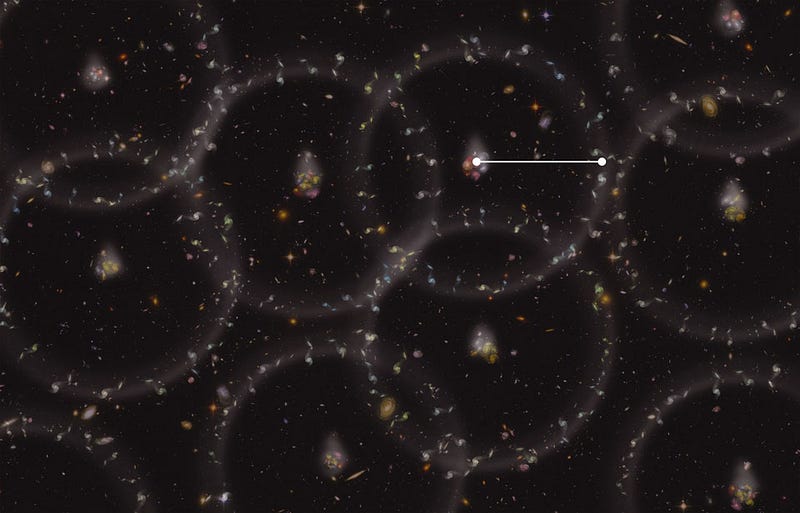

This distance scale — the scales at which galaxies are correlated — is known as the acoustic scale, because it’s the baryons (things like protons) that are oscillating in-and-out of these overdense regions. The phenomenon that causes this distance correlation is called baryon acoustic oscillations (BAO), and we can use this at all redshifts to measure how the Universe’s expansion rate has changed over time.
Just 20 years ago, this was barely a feasible method to measure anything in the Universe. But with the advent of surveys like the two-degree field galaxy redshift survey (2dFGRS) and, currently, the Sloan Digital Sky Survey (SDSS), we’ve measured the positions and redshifts of enough galaxies to see this effect in unprecedented detail.
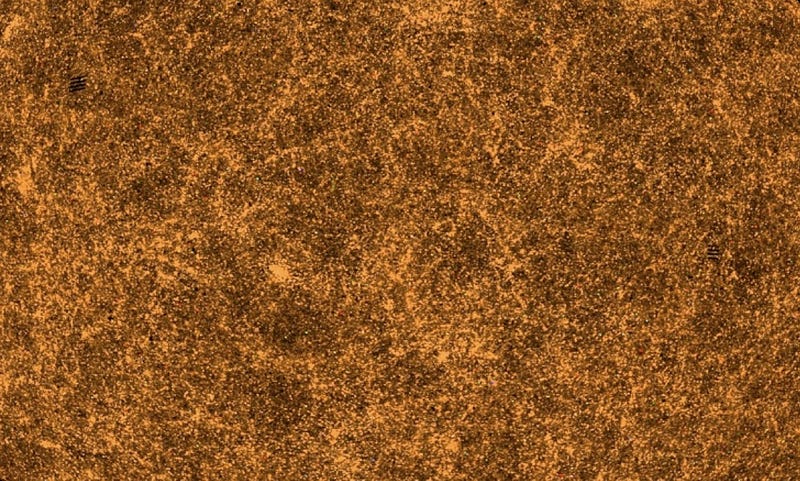
What we’ve learned from this is not only that dark energy makes up about two-thirds of the total energy in the Universe — consistent with both the CMB and the supernova data — but that dark energy is consistent with a cosmological constant, unchanging over time, to the greatest precision ever!
Ten years ago, we knew that the Universe was dominated by dark energy, but the uncertainties on w, the dark energy equation-of-state parameter, were huge. (For a cosmological constant, w = -1, exactly.) We could say that w was between about -0.5 and -3.0, which is a huge range. Today? Thanks to baryon acoustic oscillations, we can say that w is between about -0.87 and -1.15, which is an incredible improvement! Future surveys, such as the one that the LSST will perform, will get this uncertainty down to just a few percent: we should be able to say that w is somewhere between -0.98 and -1.03 if that goes well.
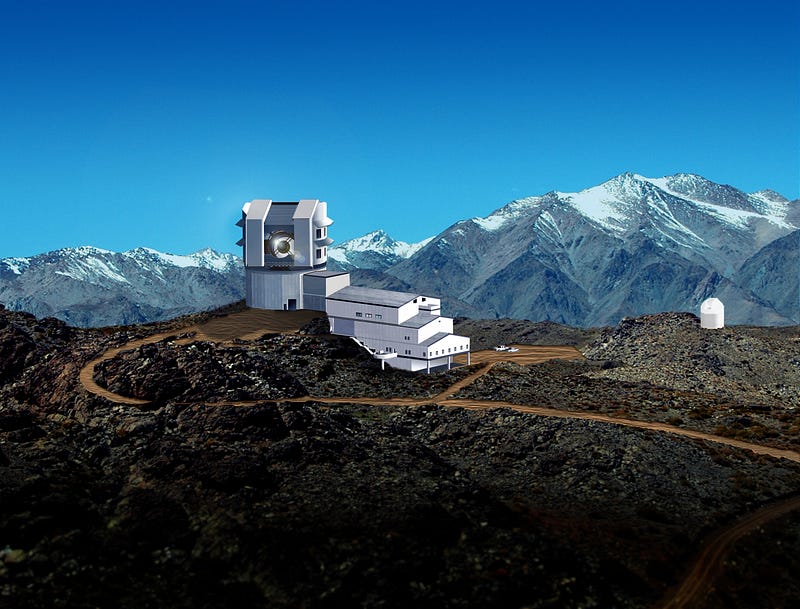
So what the hell are baryon acoustic oscillations? The fact that the Universe started with fluctuations, that gravity pulls on normal matter and dark matter both, but only normal matter gets pushed out by interacting electromagnetically gives rise to this “special scale” in the Universe. Today, we can see that special scale by noticing that you’re slightly more likely to have galaxies separated by a certain distance, and that distance has evolved over time as the Universe has expanded.
Measure that preferred scale not just today, but at all the distance scales you can measure as far back as you can, and you’ll learn the entire expansion history of the Universe.
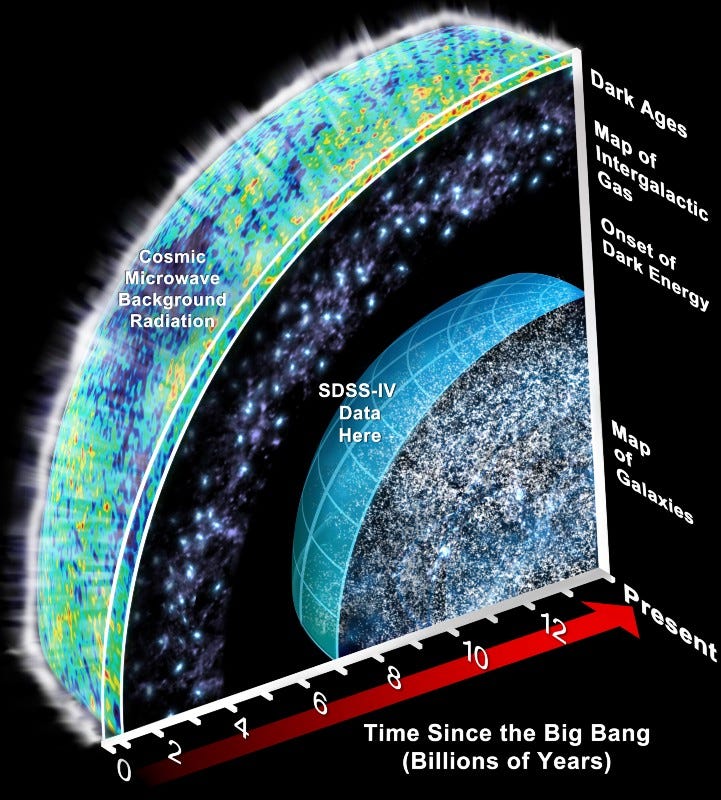
It’s a way to learn what it is that makes our Universe up — including the best-ever window into dark energy — without ever having to know the brightness of anything.
Leave your comments at the Starts With A Bang forum on Scienceblogs!





